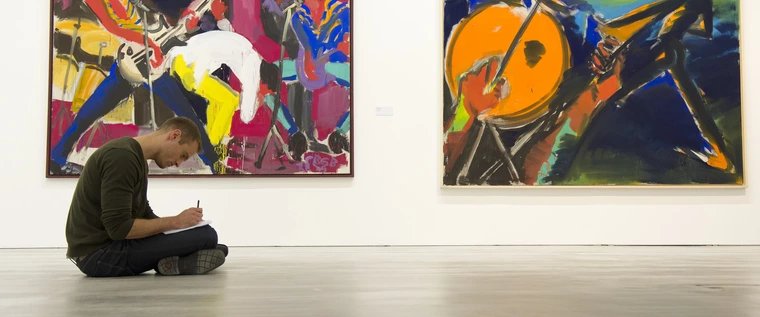
Pioneers of modern social work in Prenzlauer Berg during the Weimar Republic
The social hardship of large parts of the population as a result of the First World War and inflation particularly affects children and young people. Many remain without training and employment.
With the entry into force of the "Law on the Formation of the New Municipality of Berlin" (Greater Berlin Law) on October 1, 1920 and the foundations for local self-government that it created, the new Berlin districts are able to set their own political priorities. One example of this is youth and welfare policy.
The Prenzlauer Berg District Youth Welfare Office occupies a special position under City Councilor Walter Friedländer. Together, the employees around Walter Friedländer initiate numerous reform steps in youth welfare that have a pioneering and model character beyond Berlin.
The exhibition highlights fields of work in youth care and youth welfare, introduces key players and employees, draws case studies of young people in welfare, and thus refers to the social context in which the work takes place.
From 1933 onwards, the National Socialists destroy what has been achieved. Like him, a large number of Walter Friedländer's employees emigrated to the USA. The next turning points followed in 1945 and 1989.
In the course of the unification of East and West Berlin after 1990, the newly created Prenzlauer Berg Youth Welfare Office within the former eastern districts once again became a reform youth welfare office because activists of the peaceful revolution dared to rebuild with experiences and ideas similar to those in the 1920s.
Additional information
Opening hours: Mon, 8.00 a.m. - 4.00 p.m. · Tue, 9.30 a.m. - 6.00 p.m. · Wed, 8.00 a.m. - 2.00 p.m. · Thu, 9.30 a.m. - 6.00 p.m. · Fri, 8.00 a.m. - 1.00 p.m.
Dates
December 2024
| Mo | Tu | We | Th | Fr | Sa | Su |
|---|---|---|---|---|---|---|
1
| ||||||
2
|
3
|
4
|
5
|
6
|
7
|
8
|
9
|
10
|
11
|
12
|
13
|
14
|
15
|
16
|
17
|
18
|
19
|
20
|
21
|
22
|
23
|
24
|
25
|
26
|
27
|
28
|
29
|
30
|
31
|



